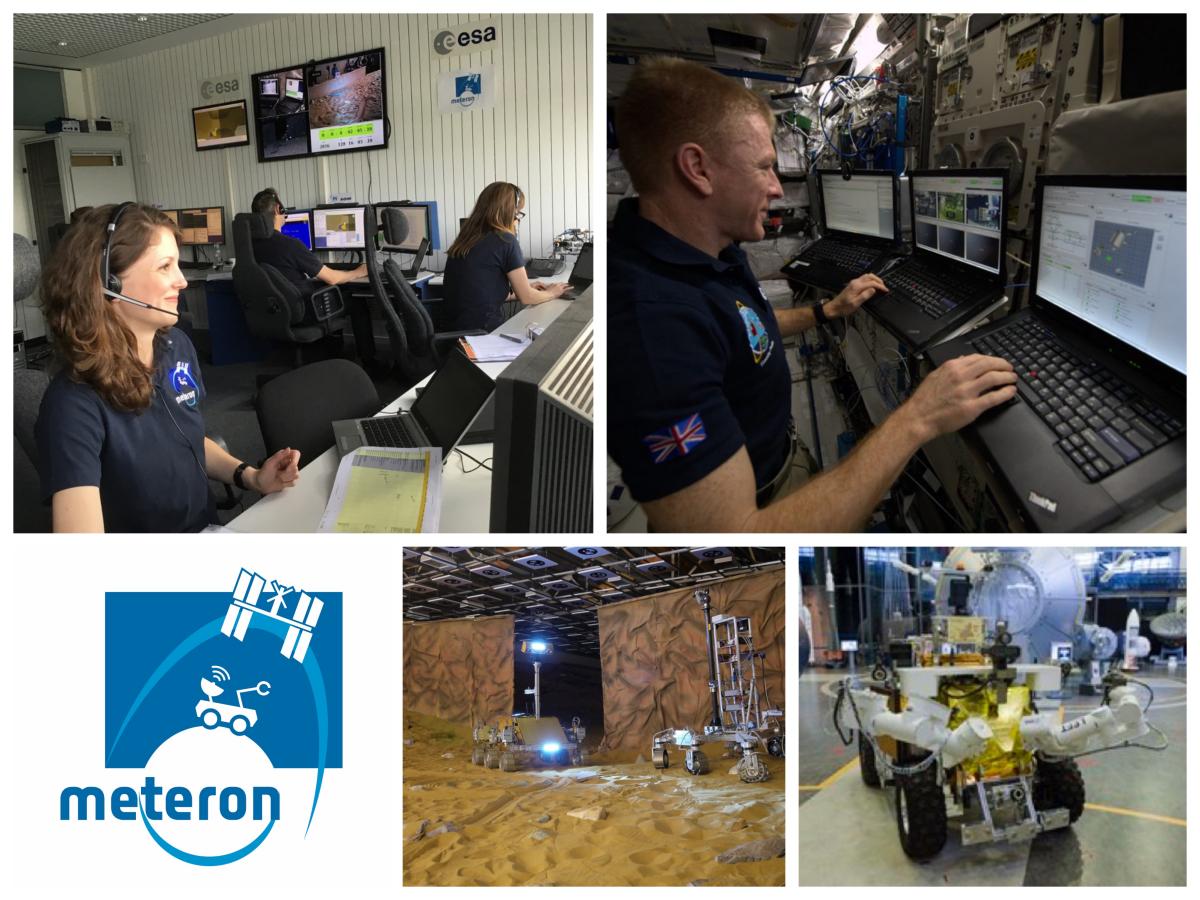Solenix Talks - METERON presentation
23 March 2017
On the last edition of the “Solenix Talks”, we learnt more about the work that our colleagues conduct at the European Space Operations Centre for the METERON project, the Multi-Purpose End To End Robotics Operations Network. The talk presented an overview of the project, its history, architecture and plans for the future. We also looked back at the successful experiments that have taken place in recent years and got to know some interesting facts when working with astronauts.
The METERON project is a European initiative to help prepare for future human-robotic exploration missions to the Moon, Mars and other celestial bodies. The project is organised around a series of experiments as preparatory steps towards gaining the experience needed, through adaptation of the traditional ways of working, to effectively and efficiently support operations of human and robotic combined elements on a planetary surface.
The METERON project aims at implementing an infrastructure which will allow testing communications, operations and robotic control strategies in the context of future exploration missions. Operational considerations include which tasks are robotic and which human, and what data is needed to support the monitoring and control of assets.
The test architecture simulates an operational concept where the control of the surface assets can be performed from an orbiter, a surface habitat, or directly from Earth. The tests include different ways of interacting with robots from afar that allows an astronaut to send commands, observe reactions by monitoring the information from the asset and interrupt when necessary. The results feed directly into the design and optimisation of future data and communication systems. Several systems and technology demonstrations have been performed, amongst them Disruption Tolerant Network (DTN). This protocol stores commands if a signal is lost and forwards them once communication is returned over extremely long distances.
To define and validate requirements for operations, systems and technologies in analogue activities, METERON has been utilising the International Space Station to conduct a series of experiments with increasing complexity over the past years. From crew controlling a simple LEGO test rover in 2011, multiple ESA rovers in concert in a Lunar Lander scenario in 2014 or the Bridget UK rover in an artificial cave in 2016.
Images credits: ESA
